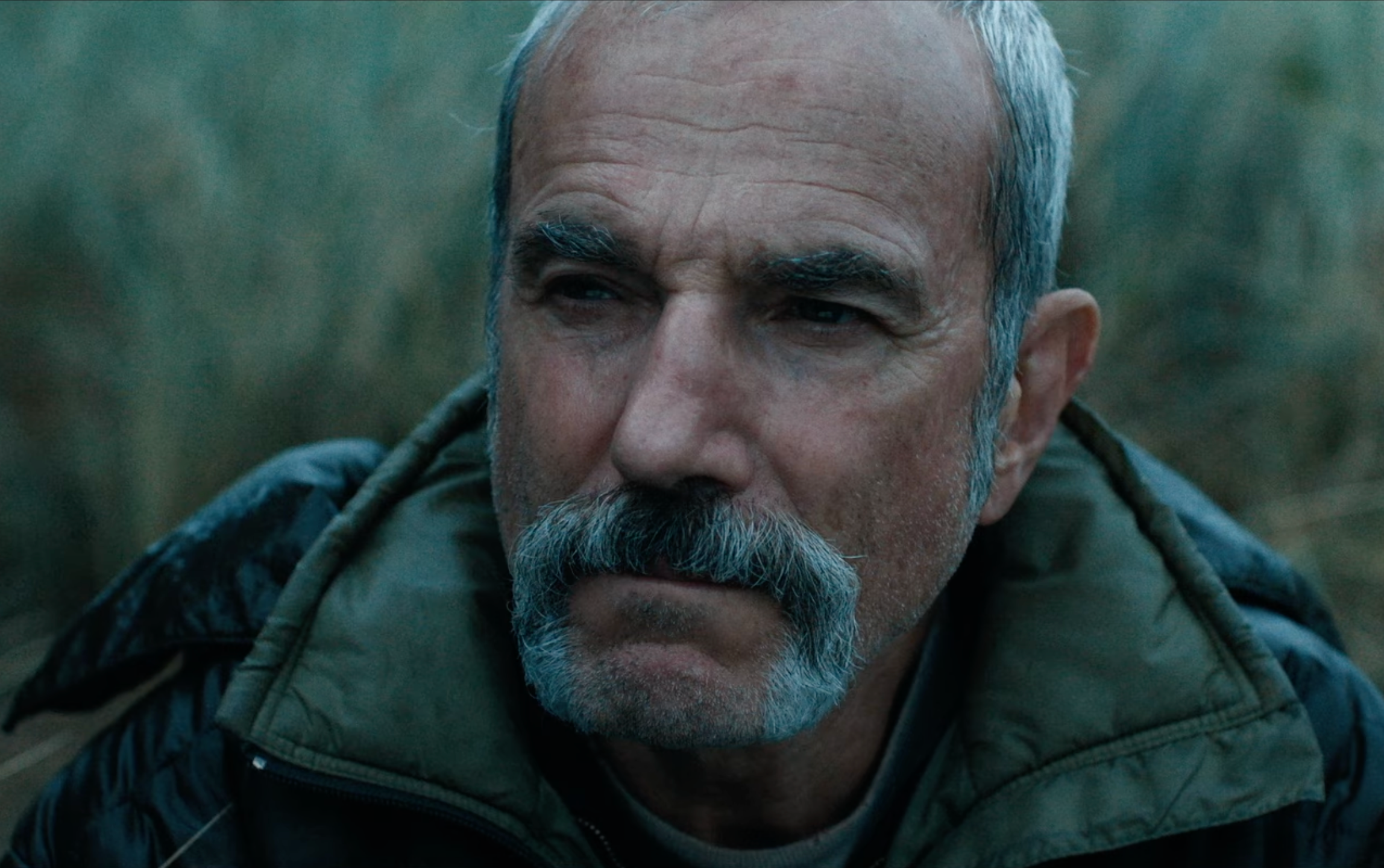
Anemone Review – Daniel Day-Lewis’s Disappointing Return
The anticipation was palpable when it was announced that the legendary actor Daniel Day-Lewis would be returning to the silver screen after a long hiatus. As one of the most acclaimed and respected actors of his generation, his decision to step away from acting in 2017 left a void in the film industry. So, when news broke that he would be starring in a new film called Anemone, directed by his son Ronan, cinephiles around the world eagerly awaited its release.
Unfortunately, the final product has left many viewers, including myself, feeling deeply disappointed. Anemone, which premiered at the New York Film Festival, is a visually striking but narratively hollow film that fails to fully capitalize on the immense talent of its lead actor. While Day-Lewis delivers a characteristically nuanced and compelling performance, the film around him struggles to find its footing, resulting in a frustratingly uneven and unsatisfying viewing experience.
The Premise and Themes
Anemone follows the story of Ray, a reclusive man played by Daniel Day-Lewis, who is forced to confront his troubled past when his estranged brother Jem, portrayed by Sean Bean, comes to his remote cabin in the woods and demands that he return home to help his own son in crisis. As the two brothers are forced to confront the traumas and conflicts that have haunted them for decades, the film delves into themes of generational trauma, violence, masculinity, and the lasting impact of the Troubles in Northern Ireland.
These are undoubtedly weighty and important themes, and the film’s ambition to tackle them is admirable. However, as my video review pointed out, the execution falls short, with the film struggling to meaningfully explore these complex issues beyond using them as mere “decorative backdrops” for the central drama between the two brothers.
The Visual Approach
One of the film’s most striking elements is its visual style, which reflects the director’s background in the visual arts. Ronan Day-Lewis, who has a degree in fine art, brings a meticulous and contemplative approach to the cinematography, with a focus on framing, composition, and the use of light and shadow to create a moody, melancholic atmosphere.
The film’s visual language is undoubtedly impressive, with many shots resembling carefully composed paintings. The director’s attention to detail in the production design and the way he captures the natural beauty of the remote, forested setting is undeniably striking. However, as my review pointed out, this visual focus often comes at the expense of narrative coherence and character development.
The Performances
At the heart of Anemone is the performance of Daniel Day-Lewis, who once again demonstrates his remarkable talent and commitment to his craft. As the reclusive and troubled Ray, Day-Lewis delivers a nuanced and emotionally raw portrayal, conveying the character’s inner turmoil and the weight of his past through subtle gestures, haunted expressions, and powerful monologues.
Unfortunately, the film’s focus on Day-Lewis’s performance comes at the expense of the supporting cast, with Sean Bean’s character of Jem feeling underdeveloped and underutilized. As my review noted, Jem is reduced to a “passive listener” with a “limited character” that serves primarily as a foil to Day-Lewis’s Ray.
This imbalance is a significant flaw in the film, as the relationship between the two brothers is central to the narrative. Without a well-developed and compelling counterpart to Day-Lewis’s performance, the film struggles to fully engage the audience and explore the complex dynamics at play.
The Narrative Shortcomings
Perhaps the most significant issue with Anemone is its narrative structure and pacing, which my review described as “disjointed” and “lacking in depth.” The film’s attempts to grapple with weighty themes of trauma, violence, and the legacy of the Troubles in Northern Ireland feel more like “decorative backdrops” than a cohesive and well-developed exploration of these issues.
Instead, the film often feels like a series of disconnected scenes, with the director seemingly more interested in creating visually striking moments than in building a compelling and coherent story. The pacing is uneven, with long stretches of contemplative, slow-moving scenes punctuated by brief bursts of emotional intensity that never quite land with the impact they should.
This lack of narrative focus and development is particularly frustrating given the film’s talented cast and the inherent drama of the central conflict between the two brothers. Without a strong, well-crafted script to guide the story, the film struggles to fully engage the audience and leaves many of its thematic ambitions unfulfilled.
The Missed Opportunities
Perhaps the most disappointing aspect of Anemone is the sense of missed opportunities. With a cast led by the legendary Daniel Day-Lewis, a director with a strong visual sensibility, and a premise that touches on important and timely themes, the film had the potential to be a powerful and impactful work of cinema.
However, as my review pointed out, the final product feels like a “wasted potential,” with the film’s ambition and visual flair ultimately overshadowed by its narrative shortcomings. The film’s inability to fully explore the complex dynamics between the two brothers, or to delve deeper into the broader sociopolitical context of the Troubles, is a significant disappointment.
In the end, Anemone is a film that is more concerned with style than substance, prioritizing the director’s artistic vision over the development of a cohesive and compelling story. While Day-Lewis’s performance is undoubtedly a highlight, the film around him fails to live up to the high expectations set by his return to the screen.
Conclusion
Anemone is a frustrating and ultimately disappointing film that squanders the immense talent of its lead actor and the thematic ambition of its premise. While the film’s visual style is undeniably impressive, it is not enough to overcome the narrative shortcomings that plague the overall viewing experience.
For fans of Daniel Day-Lewis and those eager to see the legendary actor return to the screen, Anemone may be a letdown. The film’s inability to fully capitalize on its star power and to meaningfully explore its weighty themes is a missed opportunity that leaves the viewer feeling unsatisfied.
Ultimately, Anemone is a film that is more concerned with surface-level aesthetics than with the depth and complexity that its subject matter demands. While it may find some admirers among those who appreciate the director’s visual approach, it is unlikely to be remembered as a significant or impactful work in the careers of either Day-Lewis or his son, Ronan.
Recommended Resources
Follow me on Instagram
Become a member of my YouTube channel
Check out my store
Follow me on X (Twitter)

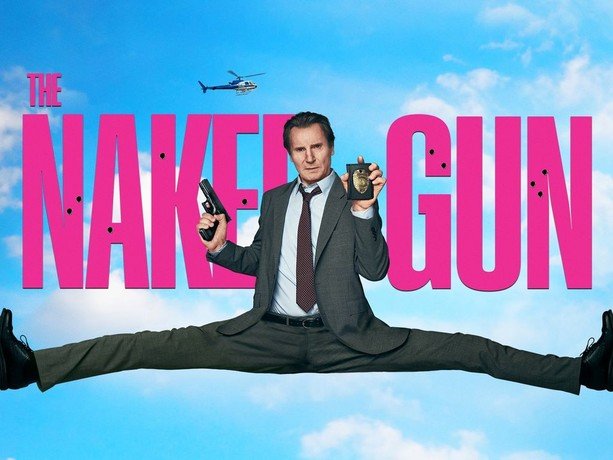
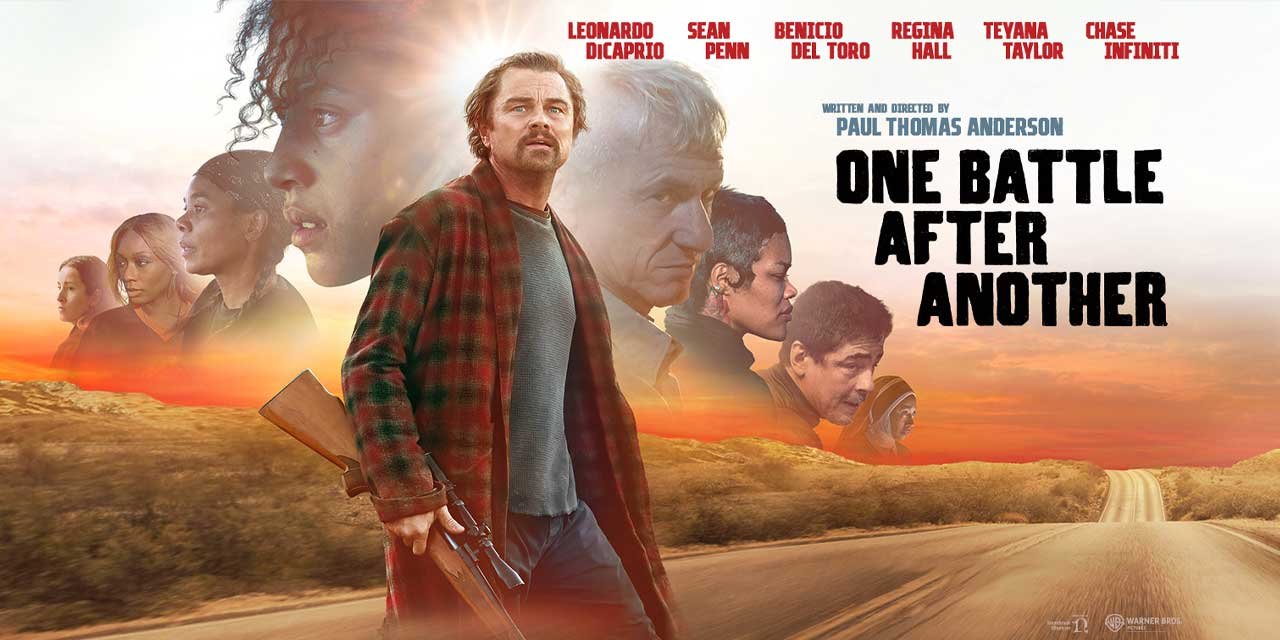






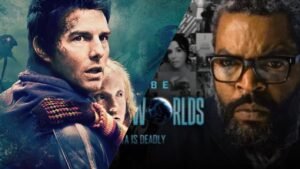

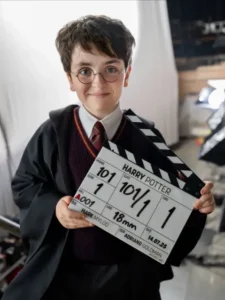

Publicar comentário